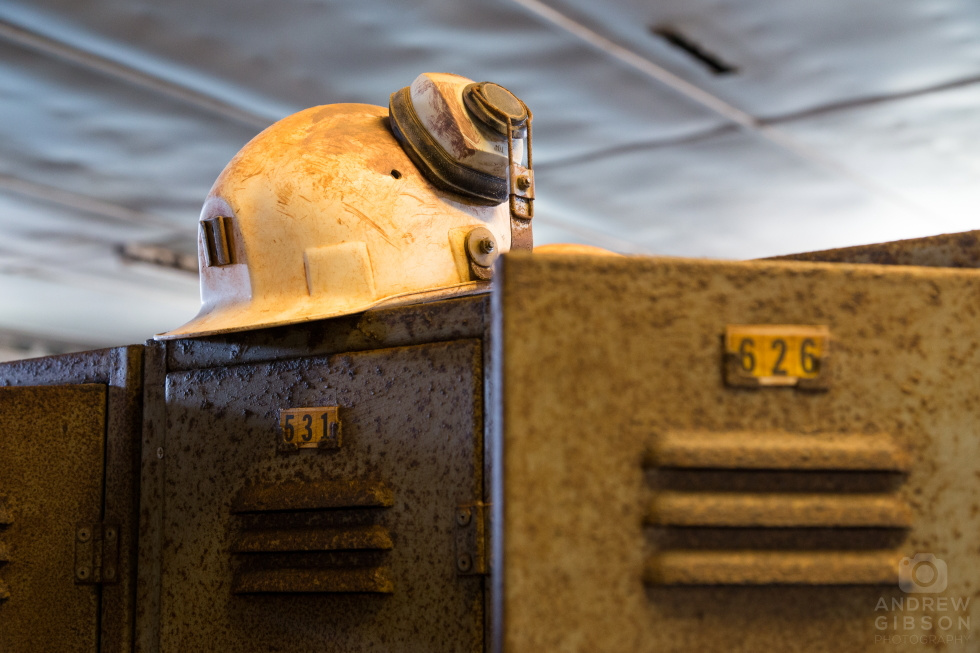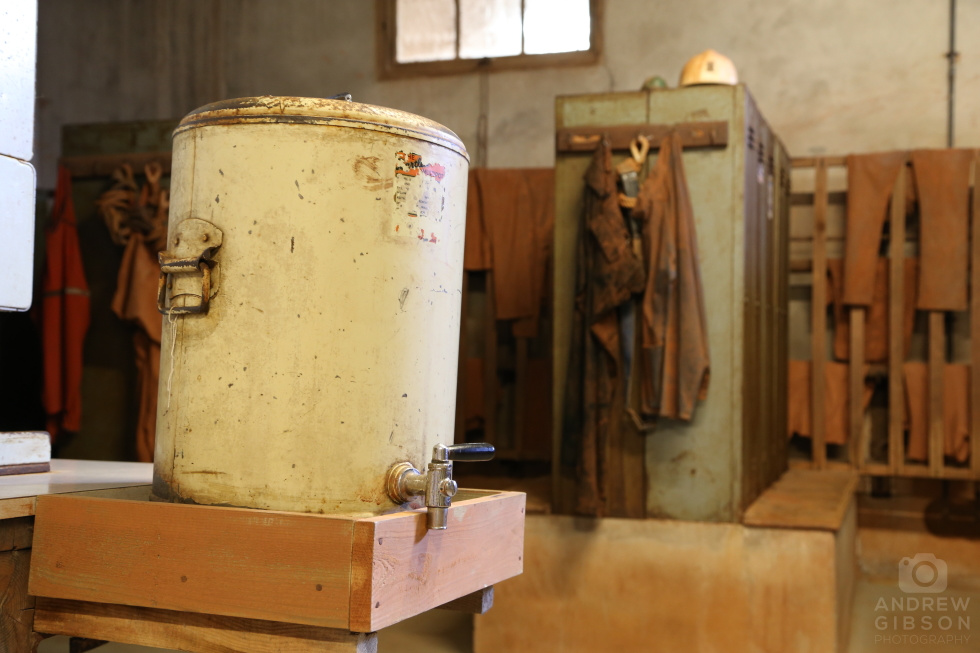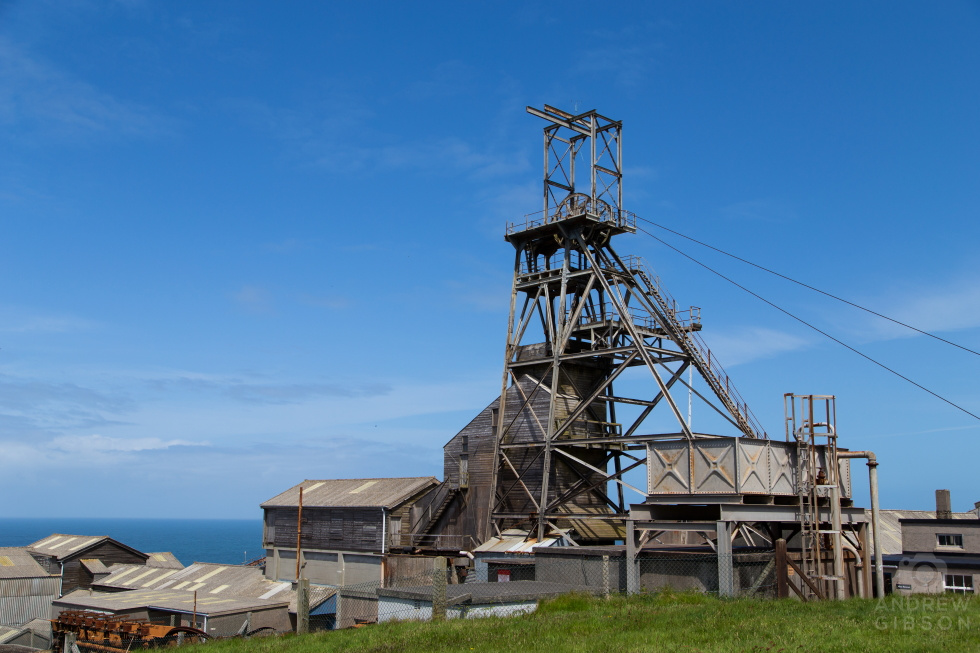Well this thread keeps on giving doesn’t it? I do have a fascination with days gone by and the Cornish tin mines appear at first glance to be long abandoned – more an integral part of the landscape than just abandoned industry, feeding an imagination and adding an extra dimension to the already picturesque World Heritage Site they sit in. Then I arrived at Geevor…
You can tell this is more recent but the story of Cornish tin entered its latest, well, interlude as recently as 1990. And I say that because although the industry has now all gone the story continues – there’s talk of bringing it back.
Geevor Mine appears aesthetically similar to a typical British coal mine, industrial units surrounding headgear, but the rocks coming out of the Cornish ground was red rather than black. I’d never really understood the tin mining process so took a tour of the workings here, which at knocking on for £15 is probably the most expensive museum piece I’ve ever visited. You find out that the miners followed the tin seam underground and a mile out to sea, and that 99% of the rock they brought back was ultimately discarded once the tin had been filtered out via sorting tables as far as the eye could see. Or at least the extent of several big sheds.
You can tour a bit of the underground part in small groups with a guide but it’s cramped and claustrophobic in the tunnels, and trying to take any photographs worth publishing was nigh on impossible. That aside, you’re free to wander the site for yourself and take in the old winding engine house, union building, staff locker rooms, canteen, sub station… all the bits and pieces you’d associate with a mine as well as the obligatory exhibition, shop and cafe that comes as standard. My Cornish pasty was disappointing if I’m honest but free reign of the site itself was what I’d come for, and with lunch out of the way I set about exploring it. They say the locker rooms are as they were left in 1990 but I suspect they had been staged to some degree. That said they provided some nice images of what life must have been like when it was operational, even down to the orange dust that still covers the place. Albeit in a more sterile, cleaned up fashion…



The curtains in the winding cab below were drawn by the operator to block out any potential distractions – when the lives of men below are in your hands you don’t want to be thinking about something else when the bell rings. I did wonder if he’d ever asked for a new chair…

Mining was suspended across the region in the 1920 and during the tin crisis of 1930, a time when many of the other now ruinous mines closed permanently, but Geevor’s Victory Shaft continued until the collapse of the International Tin Council in 1985 when the plunging value meant it was no longer economic to mine. Much of what you see here today is a time capsule from 1985, though the mine struggled on before finally closing in 1990. The pumps were turned off a year later and the workings allowed to flood.
South Crofty Mine – whose headgear I planned to photograph but never got chance – was the last to close in 1998, but this week its new Canadian owners announced a plan to float on the London stock exchange to fund its reopening vision, and by 2021 tin could once again be mined from the rock beneath Cornwall.
I find that quite exciting. Is the only thing to look forward to, the past?
If you missed the earlier posts you can see parts 1 and 2 here and part 3 here.
